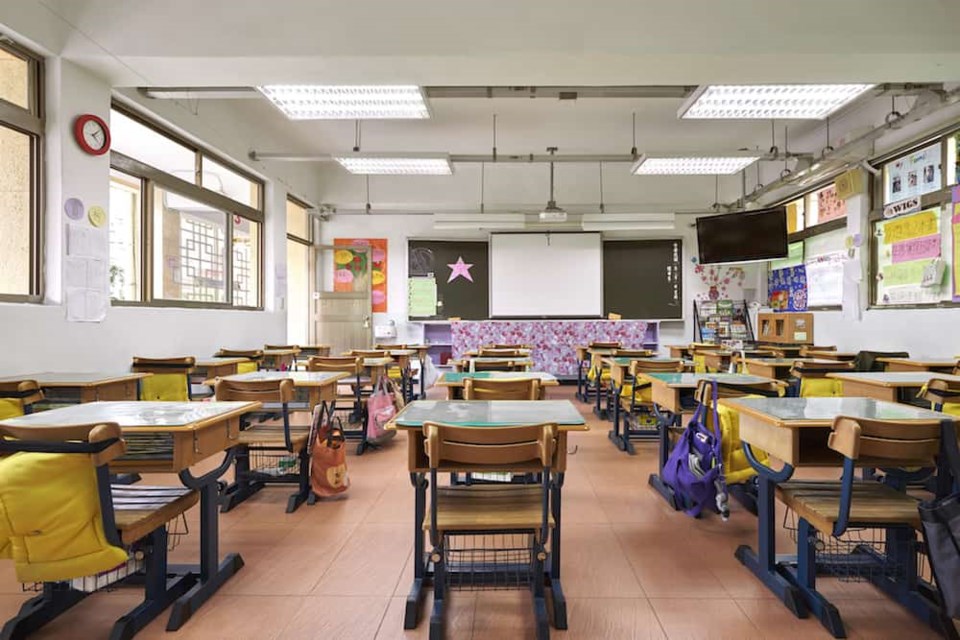The Upper Grand District School Board is looking at a pair of options for how lessons will be taught in high schools this September.
One calls for a quadmester where a semester's four courses will be divided into two terms: two courses for 10 weeks then another two courses for 10 weeks. Students would receive 150 minutes per day on both subjects.
The other calls for an octomester, where students will focus on one course at a time, studying each of the four courses in a semester for five weeks before moving on to the next course. Students would receive 300 minutes per day on one subject for those five weeks.
A report detailing reopening plans for schools in the Upper Grand District School Board is on the agenda for a special board meeting Tuesday.
There will be no field trips, lunches will be eaten in class, no assemblies and it will be up to parents to screen their children before they go to school.
Doors will be left open, students will not have access to lockers or cubbies, only individual sports will take place, there will be an emphasis on not sharing equipment and water fountains will only be used for refilling personal water bottles.
Schools in Guelph will open Sept. 8 with a full-attendance model. Parents can choose to keep their children home and a distance learning model is being prepared.
Parents in both the UGDSB and the Wellington Catholic District School Board will receive a survey this week and have until Aug. 14 do let the boards know if their students will be in school in September or learn remotely.
Secondary students will attend school for approximately five hours per day five days a week. School boards are asked to develop timetables over a one to two week period that limit direct and indirect student contact to 100 students. Boards are also encouraged to keep secondary school students in a maximum of two in-person class cohorts.
Two models are being considered for online learning for high school students:
Option A will see students who are exclusively doing online learning remain part of their cohort. Those students will connect daily with their classroom teachers during the day.
Option B would see students who are exclusively doing online learning be enrolled in online courses. These courses will be taught by teachers who cannot participate in face-to-face teaching. Students will connect daily with their e-learning teachers during the regular scheduled time of day. In this model, students will need to stay enrolled in the online model for the duration. There will be no exams in the quadmester. Teachers will use culminating tasks for the final evaluation of each course.
Elementary school students who return to in-person school will attend school everyday and receive 300 minutes of instruction where their class will be considered their cohort. Classes will not move. Direct and indirect contacts in schools for students should be limited to approximately 50 contacts and students will be allowed to leave their classrooms to receive additional support.
Elementary school students who elect online learning will be registered in their home school, and assigned to central classrooms. Classrooms may be comprised of students from different schools. Staff unable to attend work at school sites will be assigned to remote classes.
Student Individualized Education Programs (IEPs) will be developed for students who require special education or mental health supports and remote options will be provided for students unable to return to school.
